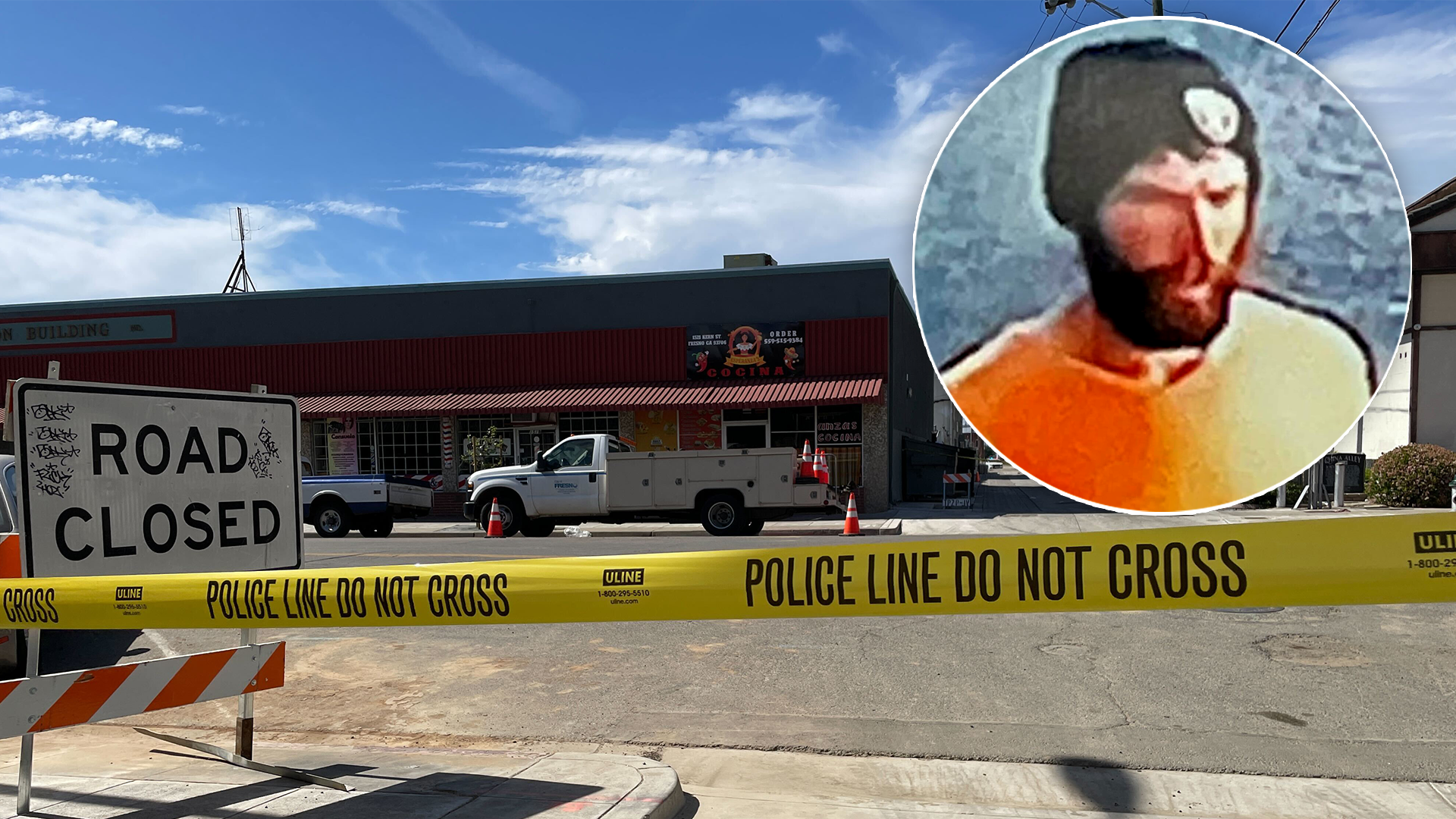Healing help: An inside look at Fresno Fire Captain Pete Dern's treatment
"Mr. Dern's a pretty remarkable guy. He's extremely motivated, extremely positive. He's done as well as I think, anyone would expect someone to do with the type of injury that he's had."

FRESNO, Calif. (KFSN) -- Fresno Fire Captain Pete Dern is recovering from the latest surgery that uses his own grafted skin to cover his injuries. Action News was given exclusive access to the operating room at Community Regional Medical Center as Dern's skin grafts were delivered from an East Coast lab.
Inside a refrigerated case is cargo so fragile and valuable, it got its own airline seat for the trip from a Massachusetts lab to the burn center at Community Regional Medical Center in Downtown Fresno. Grafted skin, a total of 15 units, were delivered for Fresno Fire Captain Pete Dern to help heal the burns he suffered over 65% of his body after falling through a burning garage in March.
"Everybody works hard to make this happen. It's just tremendous," said Preston DeMeritt, RN, Cell Therapy Specialist, Vericel.
The grafts started as a small biopsy of Dern's uninjured skin, sent to the Cambridge, Massachusetts lab of Vericel. From there, they are grown into larger pieces -- and when they're ready, the company delivers them to the hospital and the patient goes into surgery the same day.
The body accepts the grafts of its own skin and the healing process begins -- closely watched by surgeons and staff.
This was the second delivery of 15 units of grafted skin for Fresno Fire Captain Pete Dern.
Community Regional Medical Center Burn Center Director, Dr. William Dominic describes how the process starts. "We actually took a piece of his skin and sent it to a laboratory where they took the skin cells and grew it into tissue culture."
Pictures provided by Vericel, give us an inside look at the company's Massachusetts lab where the skin grafts, known as epicel, are made.
When the grafts expand to about the size of a playing card, they are ready to be delivered for the patient. The delicate skin is attached to a fine mesh gauze for transport.
"When the cells are placed on the patient, everything will just take over and the cells will integrate and become the patient's own skin," said DeMeritt.
Due to the sensitivity of the operation, Dr. Dominic showed us the procedure, outside the operating room. They apply the epicel to the patient, and days later, peel away the gauze.
Keeping the process sterile is critical to its success. From scrubbing in, to keeping bacteria out -- if the grafts get contaminated, become wet, dry out, or get even the slightest bump, they can fail.
Dr. Dominic says Dern will undergo 2 or 3 more skin-grafting operations -- an excruciating process for any burn patient, but Dern is an extraordinary one. "Mr. Dern's a pretty remarkable guy. He's extremely motivated, extremely positive. He's done as well as I think, anyone would expect someone to do with the type of injury that he's had."
An injury that will one day be covered by his own skin -- taken from Fresno, grown in a Cambridge lab, and brought back home.
"It is incredible, it really truly is," said Preston DeMeritt.












